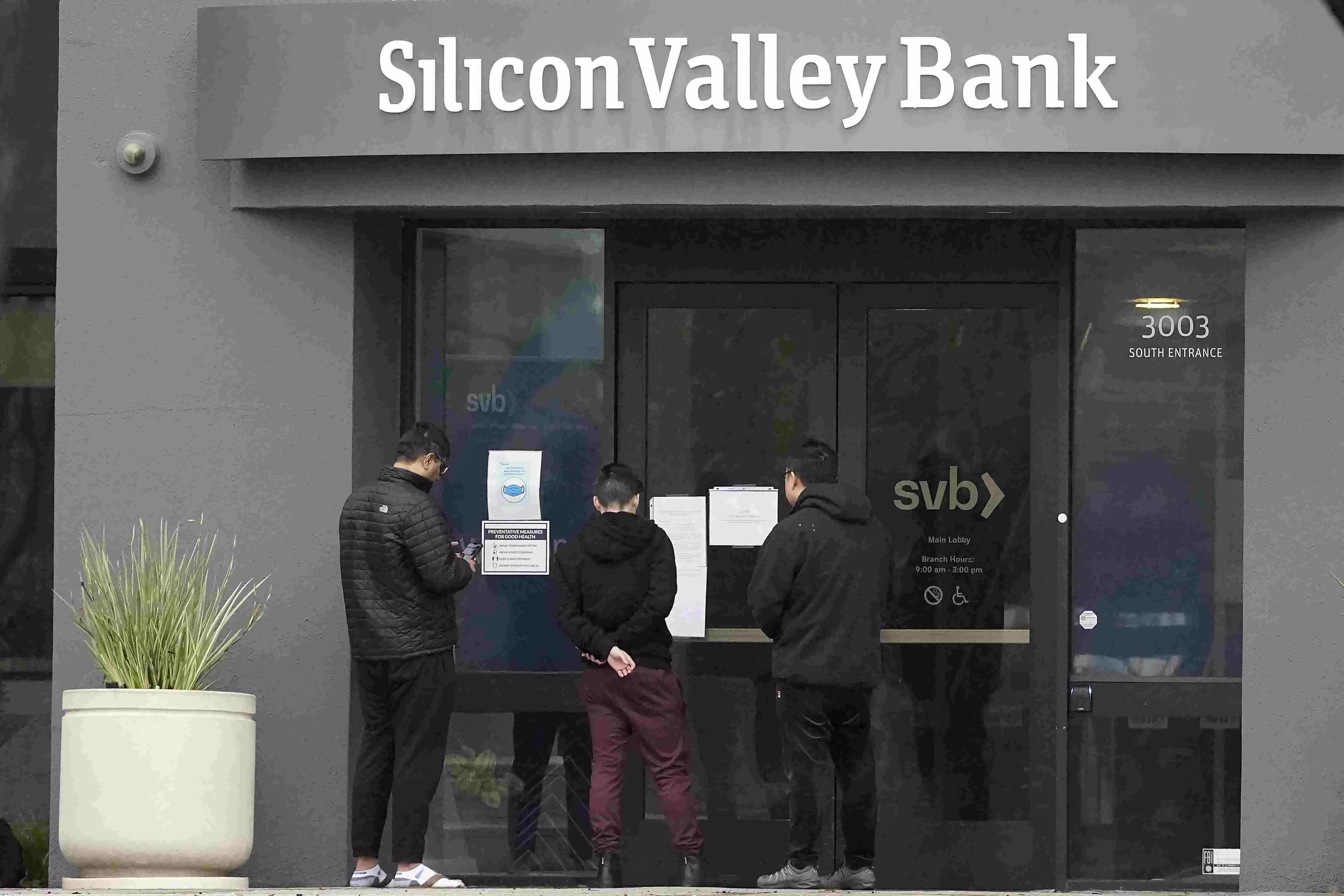Cushioning a crisis
As a bulwark against the destabilising effects of bank collapses in the US, the RBI should avoid hiking repo rate to ensure financial stability

On March 22, the US Federal Reserve raised the interest rate by 25 basis points. This rate hike is announced at a critical time when Signature Bank and Silicon Valley Bank (SVB) in the US have declared bankruptcy. Following these two bankruptcies, Credit Suisse also revealed that its balance sheet situation is not going well either. Right after this announcement, Union Bank of Switzerland has offered a financial assistance package to Credit Suisse with an intention to take it over.
Are these banking doldrums in the US and Europe isolated incidents? Should we worry about a looming financial crisis like 2008? Signature Bank took a major risk by investing in cryptocurrency. SVB, which was the 16th largest bank in the US, invested primarily in low-interest, long-term government bonds. However, SVB’s depositors were not the hoi polloi. Most of their depositors were businessmen. If a bank gives low interest, I may not pull out money from that bank and invest it somewhere else which offers me a higher rate of interest. However, traders will certainly do so in the lure of a handsome profit. With America's Central Bank, the Federal Reserve, raising interest rates, these business depositors are eager to withdraw their money from SVB and invest elsewhere. The question is why Silicon Valley did not raise interest rates to prevent this trend? This is because SVB has invested most of its money in long-term government bonds with very low interest rates. Hence, it was not possible for this bank to pay high interest to its investors. So, it can be inferred that there were some fundamental flaws in SVB’s asset- and risk-management policy. Had their deposits not been so concentrated among businessmen, and had they invested a bit more on higher-return private bonds and loans in addition to long-term low-interest government bonds, SVB would not have gone bust so quickly.
Although SVB and Signature Bank’s problems are unique, there is less scope for complacency. The situation now is very different from that of 2008. The 2008 financial crisis was due to subprime mortgages. There was no inflation. Indeed, the economy was deflationary. Now inflation has become a huge problem. Fed’s current anti-inflationary rate hikes are putting pressure on banks who have flawed balance sheets like SVB. Things are further complicated by the populist post-COVID spending programme of the Biden administration. There is a yawning budget deficit in the US as a result of such programmes. As the government is adding to the loan demand by resorting to deficit financing, it is putting further upward pressure on the interest rate besides the official rate hike. To top it all, the supply bottleneck during the COVID period made many companies insolvent. Since they defaulted on their loans, this put more strain on the banking system and made banks more fragile.
The US Federal Reserve is now facing a twin problem of inflation and financial instability. Whether a rate hike will curb the current inflation is highly questionable given that the cause of the current inflation is mostly supply-driven. However, such a rate hike is very likely to hurt the banking system by lowering its asset value, and would contribute to financial instability which is the last thing that one could want. Rather than raising interest rates now, the Fed should take care of ailing banks and provide emergency loans if needed. It should continue to provide forward guidance and assurance to depositors that the US banking system is fundamentally robust. Each bank account is federally insured up to 250,000 dollars. This kind of assurance would prevent panic withdrawal of deposits that could trigger a bank run.
Now let us look at the situation in India. India has a gamut of government regulations over the public and private banks while in the US, large banks are often more regulated than the smaller banks. Banks in India are required to maintain around 18 per cent of their assets in safe government bonds (statutory liquidity ratio). Banks are prohibited from taking more risk in investments. Despite these regulations, nothing is preventing non-performance of many bank loans. However, there are some safety nets. If the health of a bank deteriorates beyond repair, the RBI merges it with a larger bank. Having said so, it is still difficult to say how safe private and small cooperative banks really are. Although up to Rs five lakh of bank deposit of a person in a bank is protected by the Indian government insurance, given the administrative paraphernalia, recovering that money may be time consuming. Having said all this, Indian banks are still relatively stable. Yet, RBI should closely monitor the activities of the banks. The last thing that RBI should do at this juncture is to raise the interest rate following the lead of the US. This will jeopardise the financial stability of Indian banks.
The writer is a Professor of Economics at Durham University, UK. Views expressed are personal




